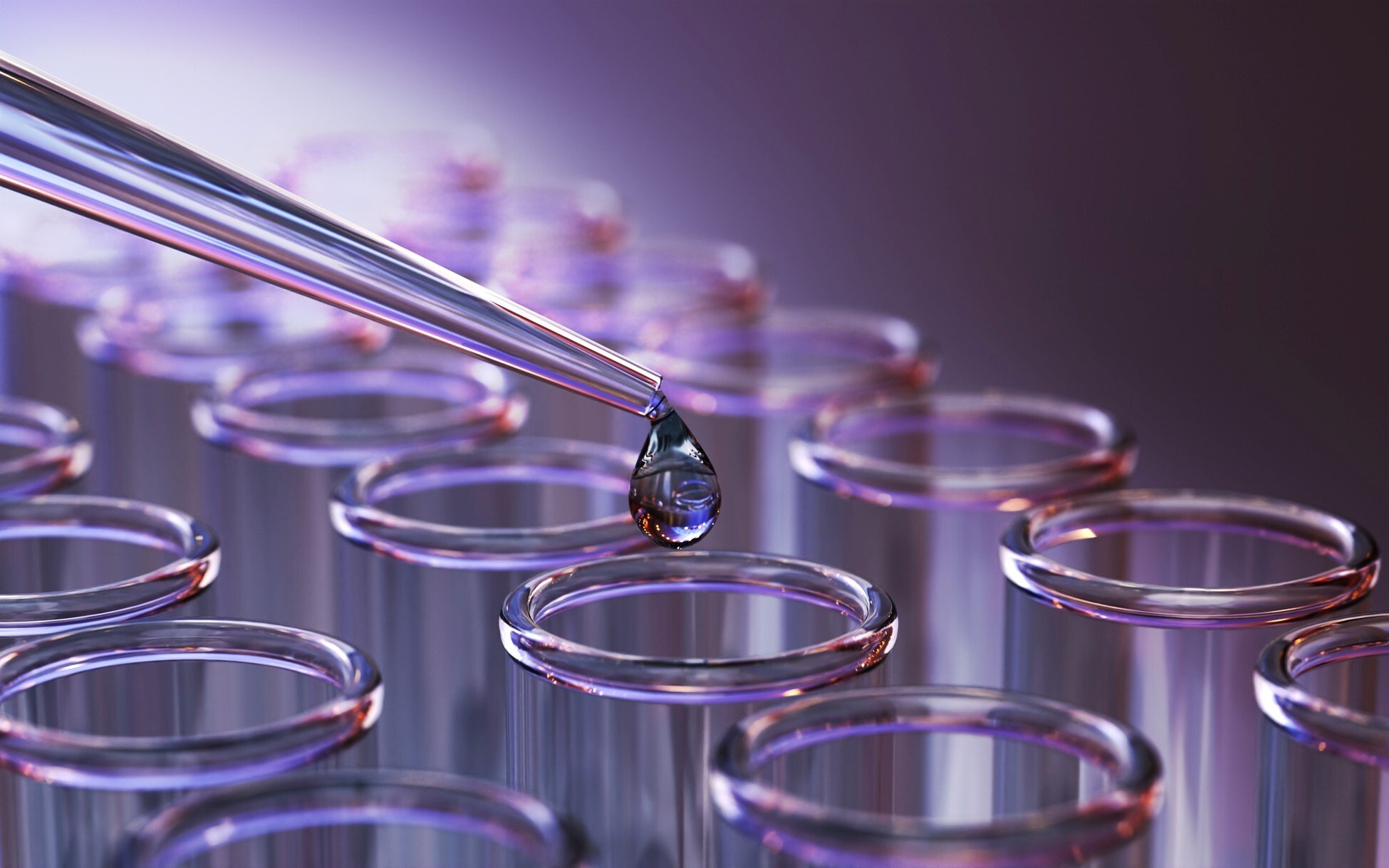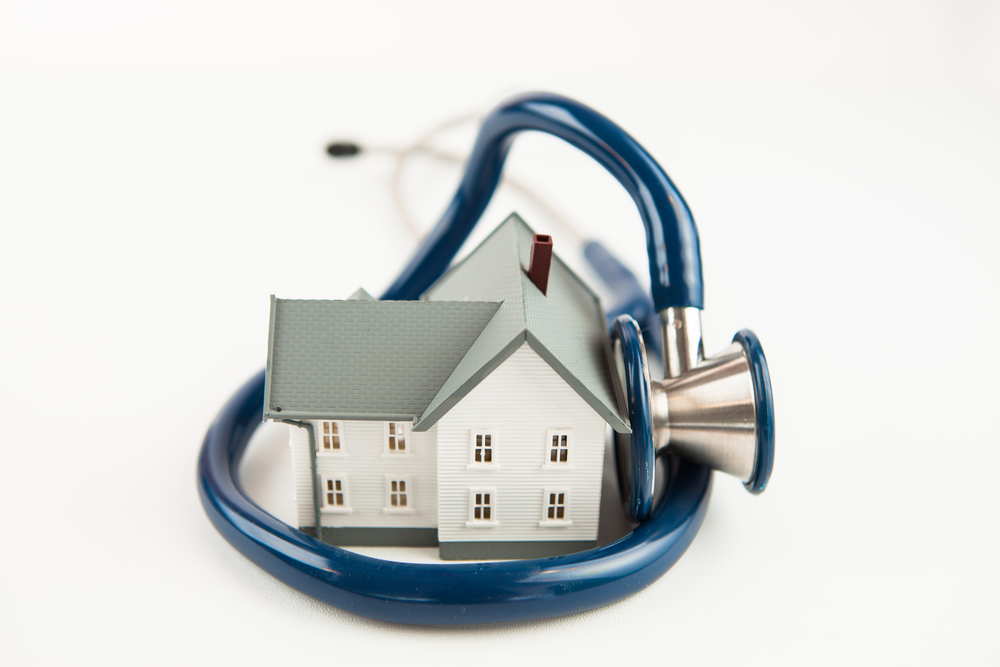Recently Published Articles

Emerging Therapeutics: The Cell Therapy Boom
Andrea Hecker
Education
Pharmaceutical and Biologics
— 5 minute read
.webp)
Interview: Charlotte Mavor on Peelable Sealants and the Launch of LumaPeel
Oliver Healthcare Packaging
Education
— 5 minute read

Patient Empowerment: Redefining Healthcare in a Modern Era
Stefanie Williams
Education
— 3 minute read
Contact Us
CONTACT US
CHAT

